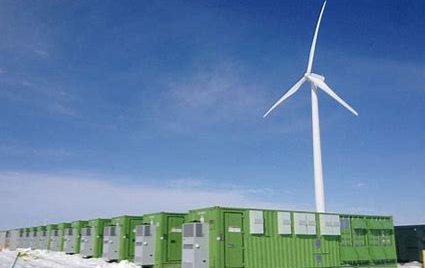The National Standardization Administration and the National Energy Administration issued the Guidelines for the Construction of New Energy Storage Standard System
In order to give full play to the fundamental and leading role of standards in the supply chain of the new energy storage industry chain, “government leading and market supporting” is adopted; “Strengthen safety and service supervision”; According to the basic principle of “international integration and coordinated development”, according to the current situation of new energy storage technology, industrial application demand and future development trend, and in combination with the idea of new power system construction, gradually establish a new energy storage standard system adapted to China’s national conditions and in line with international standards.
More than 100 key standards for new energy storage will be formulated and revised in 2023. A new energy storage standard system has been initially formed, which can basically support the commercial development of the new energy storage industry.
By 2025, a relatively complete series of standards will be formed in the fields of electrochemical energy storage, compressed air energy storage, reversible fuel cell energy storage, supercapacitor energy storage, flywheel energy storage, and superconducting energy storage. Gradually build a new energy storage standard system to adapt to the trend of technological innovation, meet the needs of industrial development and benchmark the international advanced level.
A total of 205 new energy storage standards are planned, and the system framework is divided into eight aspects: basic general standards, planning and design, equipment test, construction acceptance, grid-connected operation, overhaul and monitoring, operation and maintenance, and safety emergency: 5 basic general standards; 64 planning and design standards; 39 equipment test standards; 12 construction acceptance standards; 24 grid-connected operation standards; 23 inspection and monitoring standards; 17 operation and maintenance standards; There are 21 safety emergency standards.
Source: NEA


